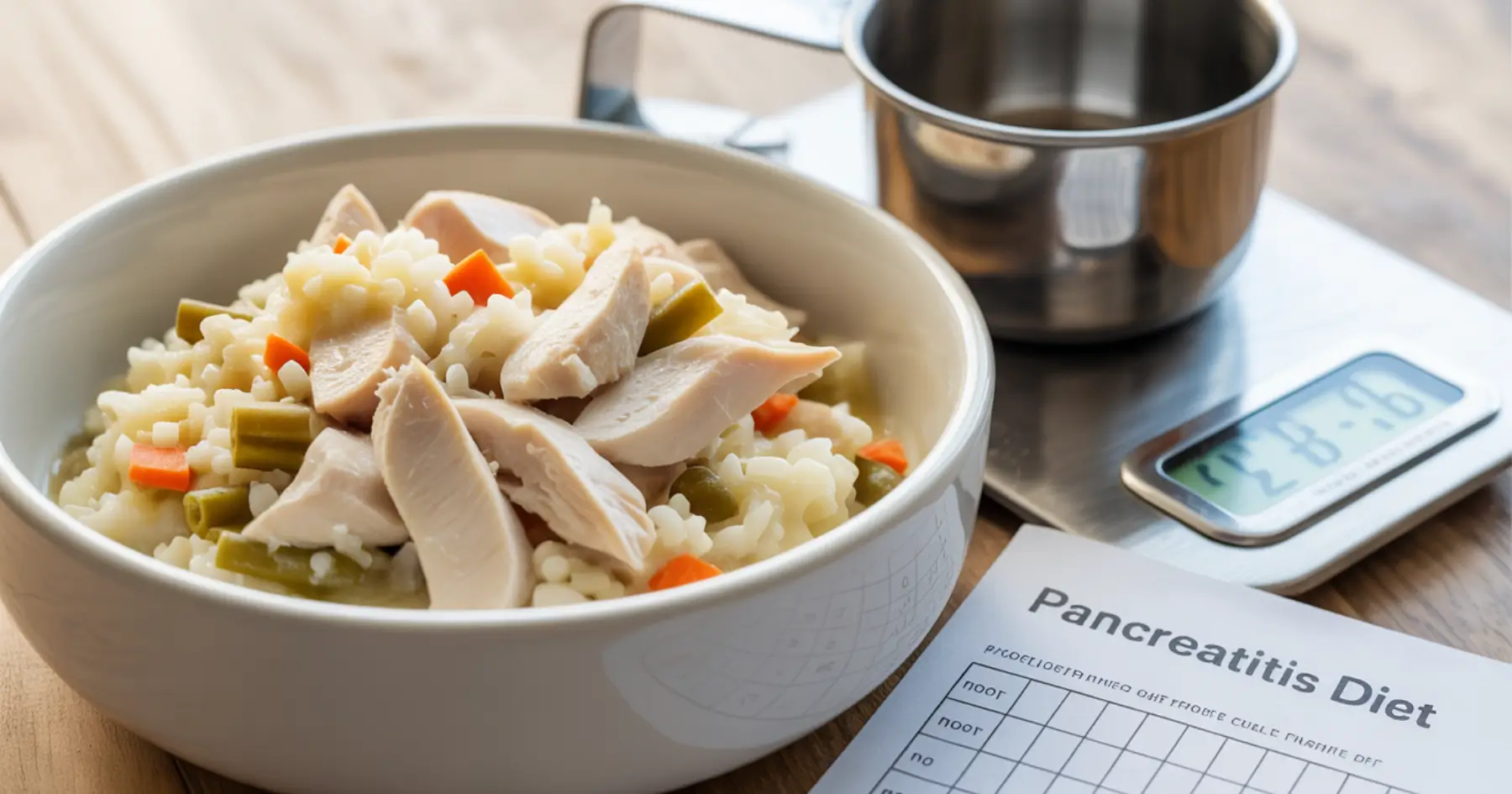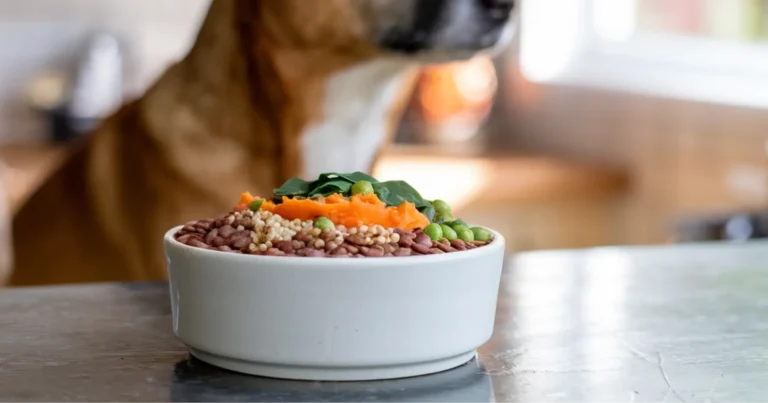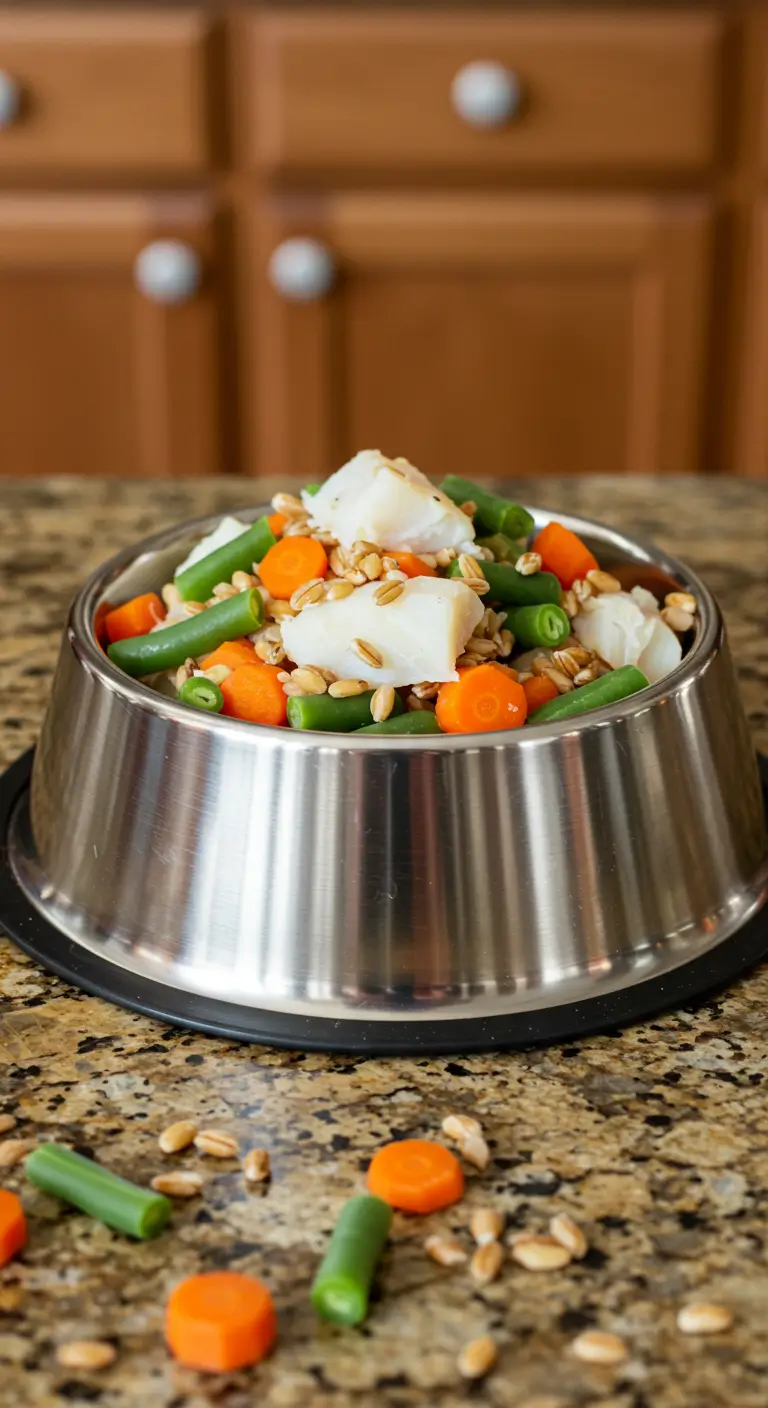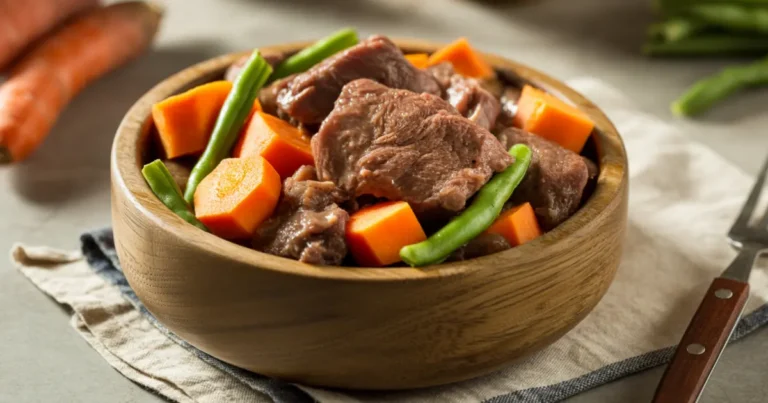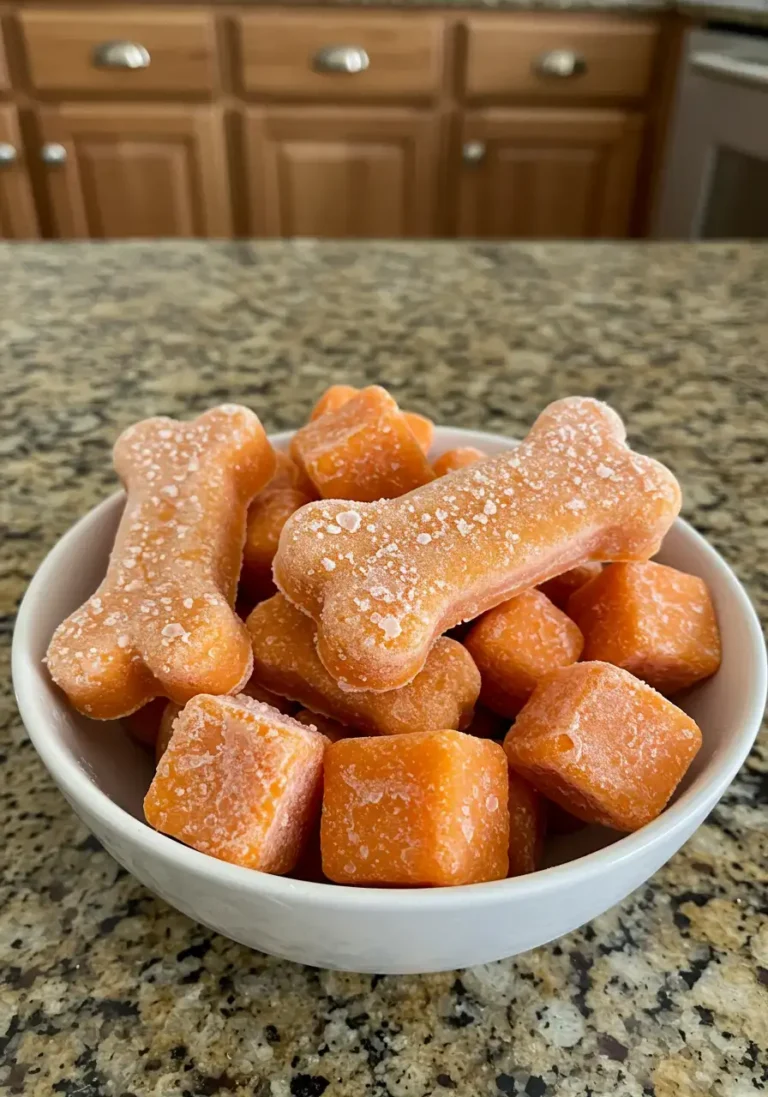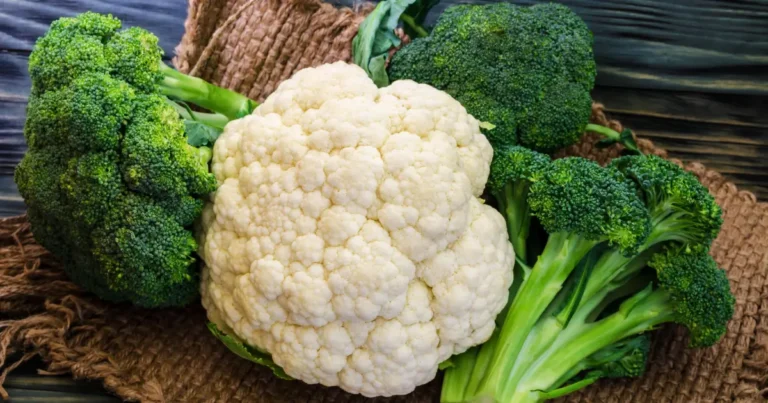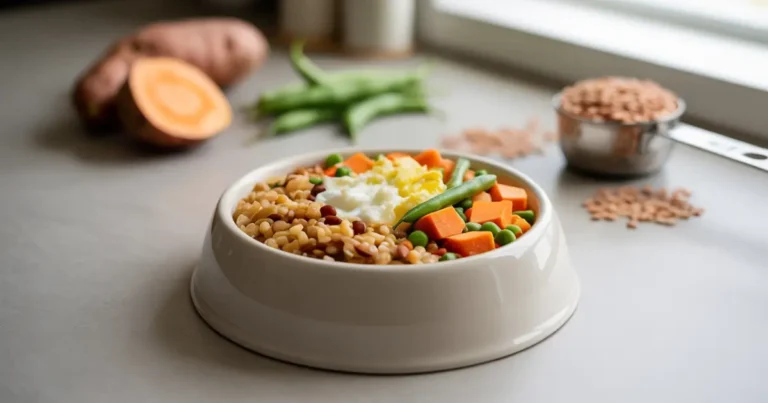Chicken and Rice for Dog with Pancreatitis: 6 Best Steps
When your dog is diagnosed with pancreatitis, finding the right food becomes a critical part of their recovery and ongoing health. Chicken and rice for dog with pancreatitis is often recommended by veterinarians as a gentle, digestible meal option that can help manage this painful condition. This carefully balanced recipe provides essential nutrition while minimizing the fat that can trigger pancreatic inflammation.
In this comprehensive guide, we’ll explain why this healing combination works so well for pancreatic health, provide a veterinarian-approved chicken and rice for dogs with pancreatitis recipe with precise measurements, and walk you through the exact preparation steps to ensure your dog receives the optimal nutrition during recovery and maintenance phases.
Table of Contents
Understanding Why Chicken and Rice Benefits Dogs with Pancreatitis
Before preparing this recipe, it’s important to understand why chicken and rice for dogs with pancreatitis is so frequently recommended by veterinary professionals. When considering what to feed a dog with pancreatitis, this simple combination provides ideal nutrition while minimizing stress on the inflamed organ.
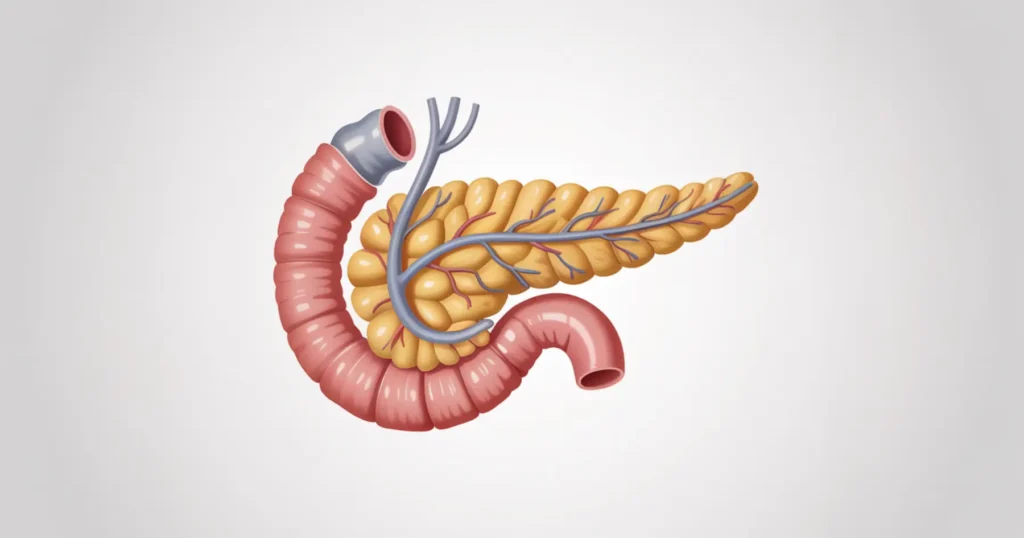
How Pancreatitis Affects Your Dog’s Nutritional Needs
Dog pancreatitis occurs when the pancreas becomes inflamed, causing digestive enzymes to activate prematurely and begin digesting the pancreas itself. This painful condition requires immediate dietary modification, as the wrong foods can trigger severe flare-ups.
The pancreas plays two crucial roles:
- Producing digestive enzymes that break down food
- Producing hormones like insulin that regulate blood sugar
When the pancreas is inflamed, it requires foods that:
- Are extremely low in fat (fat stimulates pancreatic enzyme production)
- Are easily digestible (reducing strain on the digestive system)
- Provide adequate nutrition without triggering inflammation
- Help maintain stable blood sugar levels
The Benefits of Chicken and Rice, Specifically
A properly prepared chicken and rice recipe for dogs with pancreatitis offers several benefits for dogs suffering from this painful condition:
- Low-fat protein: Skinless chicken breast is one of the leanest protein sources available, making it ideal for a dog’s pancreatitis diet
- Highly digestible carbohydrates: White rice is easily broken down and is gentle on the digestive system
- Minimal ingredients: Reduces the risk of including trigger foods
- Customizable: Can be adjusted based on your dog’s specific needs and stage of recovery
- Cost-effective: Accessible ingredients that don’t require specialty stores
- Simple preparation: Can be made by any pet owner with basic kitchen equipment
For pet parents wondering what to feed a dog with pancreatitis, this recipe provides a safe, therapeutic option that’s been trusted by veterinarians for years.
Low-Fat Chicken and Rice Recipe for Dogs with Pancreatitis
This chicken and rice for dogs with pancreatitis recipe has been developed according to veterinary nutritional guidelines and is specifically formulated to support dogs with pancreatic inflammation. When creating a proper dog pancreatitis diet, the exact ingredients and preparation methods are crucial for healing. Always check with your veterinarian before making any dietary changes, particularly for dogs with medical conditions.

Recipe Quick Facts
- Prep Time: 15 minutes
- Cook Time: 40 minutes
- Total Time: 55 minutes
- Yield: Approximately 8 cups (varies by water absorption)
- Serving Size: Varies by dog’s weight (see serving guidelines below)
- Storage: Keep refrigerated for up to 3 days or freeze for up to 3 months.
- Diet Type: Low-fat dog pancreatitis diet
- Main Ingredients: Chicken breast and white rice
Ingredients
- 1 pound (454g) skinless, boneless chicken breast
- 3 cups (600g) white rice, uncooked
- 6 cups (1.4 liters) water or low-sodium chicken broth (with no onion or garlic)
- 1 cup (128g) mixed vegetables: carrots and green beans (optional)
- 1 tablespoon (15ml) olive oil (total for entire recipe, not per serving)
- ¼ teaspoon calcium carbonate supplement (available at pet stores)
Equipment Needed
- Large pot with lid
- Measuring cups and spoons
- Food scale (for precise measurements)
- Sharp knife and cutting board
- Storage containers
- Slotted spoon
- Fork for fluffing rice
Nutritional Information (Per Cup)
- Calories: 190
- Protein: 18g
- Fat: 2.5g (13% of calories from fat)
- Carbohydrates: 19g
- Fiber: 0.5g
- Calcium to phosphorus ratio: 1.2:1
Instructions
Step 1: Prepare the Chicken
- Trim all visible fat from the chicken breast
- Rinse the chicken under cold water
- Cut into small, bite-sized pieces appropriate for your dog’s size
- Weigh the chicken to ensure you’re using the correct amount
Proper preparation tip: The smaller you cut the chicken, the more thoroughly it will cook and the easier it will be for your dog to digest, which is crucial for a dog pancreatitis diet.
Step 2: Cook the Chicken
- Place the chicken pieces in a large pot
- Add 4 cups of water or low-sodium chicken broth
- Bring to a gentle boil over medium heat
- Reduce heat to low and simmer for 20 minutes until chicken is fully cooked (no pink remains)
- Carefully remove the chicken pieces using a slotted spoon and set them aside.
- KEEP the cooking liquid for the next step
Step 3: Cook the Rice
- Measure the remaining cooking liquid and add additional water if needed to reach 6 cups
- Return liquid to a boil
- Add the 3 cups of white rice
- Stir once, reduce the heat to low, and cover
- Simmer for 15-20 minutes until rice is soft and has absorbed the liquid
- Take the pot off the heat and cover it. Allow it to sit for 5 minutes.
Nutritional benefit: Cooking the rice in the chicken broth captures additional nutrients and enhances flavor without adding fat, making it more appealing when determining what to feed a dog with pancreatitis.
Step 4: Prepare Optional Vegetables
- While the rice is cooking, steam the carrots and green beans until soft
- Chop into small pieces appropriate for your dog’s size
- Allow to cool slightly before mixing with other ingredients
Step 5: Combine All Ingredients
- Fluff the cooked rice with a fork
- Return the chicken to the pot
- Add cooked vegetables if using
- Add the calcium carbonate supplement
- Drizzle the olive oil evenly over the mixture
- Gently fold all ingredients together until well combined
- Allow to cool completely before serving
Step 6: Portion and Store
- Measure portion sizes appropriate for your dog (see serving guidelines below)
- Package individual servings in airtight containers
- Refrigerate portions to be used within 3 days
- Freeze remaining portions in single-serving containers for up to 3 months
- Label containers with the date prepared
Serving Guidelines by Weight
When deciding how much chicken and rice to feed a dog with pancreatitis, follow these guidelines:
- Small dogs (under 20 lbs): ¼ to ½ cup per meal
- Medium dogs (20-50 lbs): ½ cup to 1 cup of food per meal.
- Large dogs (50-90 lbs): 1 to 1½ cups per meal
- Giant breeds (over 90 lbs): 1½ to 2 cups per meal
Important: These are starting guidelines only. Your veterinarian may suggest varying amounts based on your dog’s specific condition, weight, and activity level. The question of how much chicken and rice to feed a dog should always be discussed with your veterinary care provider.
Feeding Schedule
For dogs with pancreatitis, smaller, more frequent meals are typically better than large meals:
- Acute pancreatitis recovery: 4-6 small meals throughout the day
- Maintenance phase: 2-3 meals daily, evenly spaced
Recipe Tips and Precautions
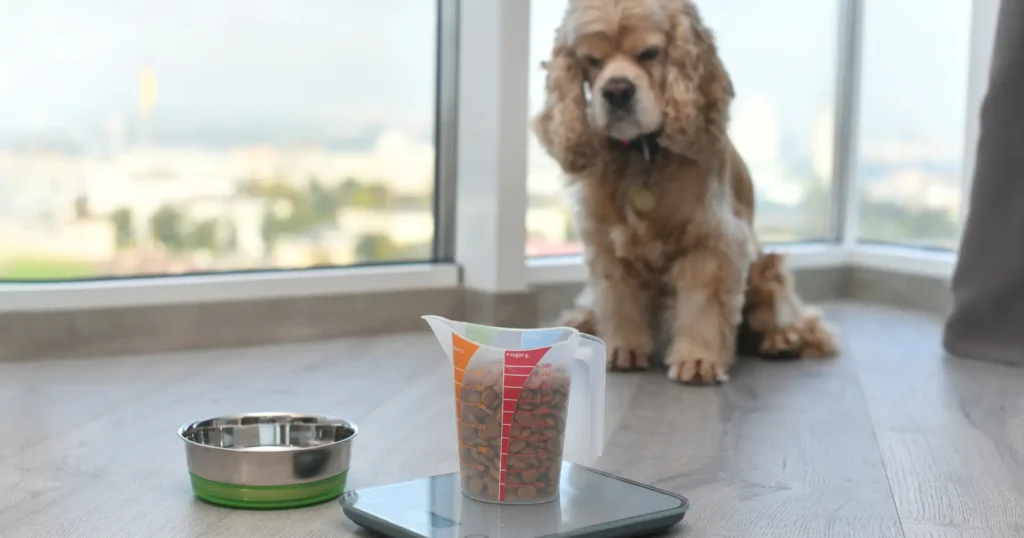
For Best Results
- Use a food scale for precise measurements, especially for the chicken
- Ensure chicken is cooked thoroughly to enhance digestibility
- Allow food to cool completely before serving to prevent burns
- Warm refrigerated portions slightly (to room temperature) before serving
- Always provide fresh water alongside any meal
Dietary Precautions
- This chicken and rice for dog with pancreatitis recipe is specifically for dogs with pancreatitis and may not be appropriate for dogs with other health conditions
- Never add seasonings, salt, garlic, or onions to dog food
- Do not substitute dark meat chicken or include skin, as these increase fat content
- Consult your veterinarian before adding any additional ingredients or supplements
- When preparing a dog pancreatitis diet, even small variations can impact its therapeutic value
Why This Recipe Works for Pancreatitis
The specific measurements and preparation methods in this chicken and rice for dog with pancreatitis recipe have been carefully developed to address the unique dietary needs of dogs with this condition.
Critical Low-Fat Profile
With approximately 13% of calories from fat, this recipe is well below the threshold that typically triggers pancreatic inflammation (which is generally considered to be above 20%). The specific preparation methods outlined above, particularly trimming all visible fat from the chicken and using only skinless breast meat, are crucial for achieving this low-fat profile.
Gentle Protein Source
Chicken breast provides high-quality protein with minimal fat content, making it an ideal protein source for dog pancreatitis diet. The protein in this recipe helps maintain muscle mass and supports healing without overtaxing the digestive system.
Easily Digestible Carbohydrates
White rice is one of the most easily digestible sources of carbohydrates for dogs, making it an excellent choice for those with sensitive digestive systems. The cooking method used in this recipe (cooking the rice in the chicken broth) enhances both flavor and nutrient availability.
Minimal Ingredient List
By keeping the ingredient list simple, this recipe minimizes the risk of including potential trigger foods that might exacerbate pancreatitis. Each ingredient serves a specific purpose in supporting recovery and health.
Transitioning to Chicken and Rice Diet
When introducing chicken and rice for dog with pancreatitis, proper transition is essential to prevent digestive upset.
If Your Dog Is Currently on a Prescription Diet
- Day 1-2: 75% prescription food, 25% chicken and rice mixture
- Day 3-4: 50% prescription food, 50% chicken and rice mixture
- Day 5-6: 25% prescription food, 75% chicken and rice mixture
- Day 7: 100% chicken and rice mixture
If Your Dog Is Recovering from Acute Pancreatitis
- Follow your veterinarian’s guidelines for reintroducing food after fasting
- Start with 1-2 tablespoons of the mixture
- If well-tolerated, gradually increase the amount over 24-48 hours
- Monitor closely for any signs of discomfort, vomiting, or diarrhea
Monitoring Your Dog’s Response

When feeding chicken and rice to a dog with pancreatitis, watch for these positive signs:
Signs of Improvement
- Improved energy levels: More interested in activity
- Better appetite: Eating consistently without hesitation
- Normal bowel movements: Formed stool without diarrhea
- Pain reduction: Less abdominal discomfort or guarding
- Reduced vomiting: Complete resolution of vomiting episodes
These signs indicate that your dog pancreatitis diet is working effectively and supporting recovery.
Warning Signs
These symptoms require immediate veterinary attention:
- Refusal to eat for more than 24 hours
- Continued or worsening vomiting
- Signs of abdominal pain (hunched posture, whining when the abdomen is touched)
- Lethargy or depression
- Yellow tinge to gums or eyes (jaundice)
Long-Term Dietary Considerations
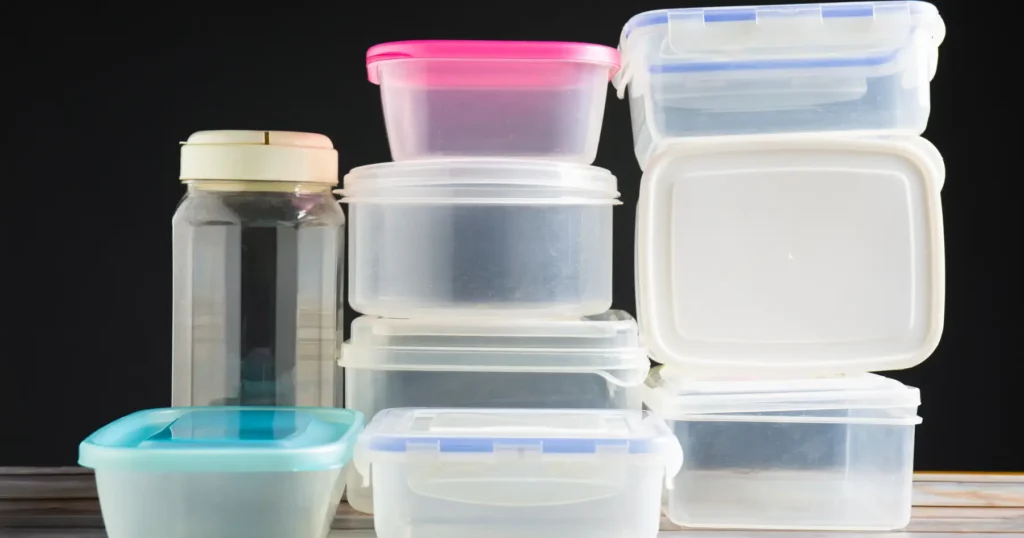
While chicken and rice for dog with pancreatitis provides excellent short-term nutrition during recovery, long-term considerations are important to ensure complete nutrition.
Potential Nutritional Supplementation
For extended use (over 2 weeks), your veterinarian may recommend:
- Multivitamin supplement
- Additional calcium
- Omega-3 fatty acids (in very small, veterinarian-approved amounts)
- Digestive enzyme supplements can be beneficial if there is a deficiency in pancreatic enzyme production.
Transitioning to a Long-Term Diet
After the acute phase of pancreatitis has resolved, your veterinarian might recommend:
- Continuing with homemade food using more diverse ingredients
- Transitioning to a commercial low-fat prescription diet
- A combination approach with some homemade and some commercial food
Recipe Variations
While basic chicken and rice for dog with pancreatitis works well, these veterinarian-approved variations may help with palatability or specific nutritional needs:
For Dogs Needing More Protein
- Replace ¼ of the chicken with egg whites (cooked thoroughly)
- Consider our Low-Fat Turkey & Pumpkin Recipe as another protein alternative
For Additional Digestive Support
- Add 1-2 tablespoons of plain pumpkin (not pie filling) per cup of mixture
- Consider our White Fish & Sweet Potato Recipe, which may be even gentler for some dogs
For Dogs Who Need Dairy-Free Options
- Avoid our Cottage Cheese & Rice Recipe and stick with the basic chicken preparation
- Consider our Simple Vegetarian Recipe for dogs that may not tolerate animal proteins well
Key Takeaways for Feeding Chicken and Rice to Dogs with Pancreatitis
- Low fat is essential: The properly prepared chicken breast in this recipe keeps fat content minimal while providing necessary protein.
- Proper preparation matters: Following all steps exactly helps create a truly low-fat, digestible meal.
- Portion control is critical: Understanding how much chicken and rice to feed dog prevents overfeeding and supports weight management.
- Veterinary supervision is necessary: This recipe complements but doesn’t replace veterinary care for pancreatitis.
- Monitoring response guides adjustments: Watching your dog’s symptoms helps determine if the diet is working.
- Transitions should be gradual: Introducing this diet slowly prevents digestive upset.
- Long-term nutrition requires planning: While chicken and rice for dog with pancreatitis works well short-term, long-term feeding needs careful nutritional balancing.
- Consistency is key: Regular feeding schedule and consistent preparation help manage dog pancreatitis effectively.
Conclusion: Supporting Your Dog’s Pancreatic Health
A properly prepared chicken and rice for dog with pancreatitis recipe can be an excellent dietary option during recovery and management of this serious condition. By following the six detailed steps outlined in this guide, you’ll provide your dog with a therapeutic, low-fat meal that supports healing while minimizing pancreatic strain.
Creating the ideal dog pancreatitis diet at home allows you to control exactly what your pet consumes, eliminating mystery ingredients and excessive fats that might trigger flare-ups. The gentle, digestible nature of this recipe often makes it the perfect first food when determining what to feed a dog with pancreatitis during recovery phases.
Remember that while this recipe can be a valuable part of your dog’s recovery, it works best as part of a comprehensive treatment plan developed with your veterinarian. With proper care, dietary management, and monitoring, many dogs with pancreatitis can recover well and maintain a good quality of life.
For a more comprehensive understanding of canine pancreatitis dietary management, visit our main guide on Homemade Dog Food for Pancreatitis, which provides broader information about managing this condition through nutrition.
Frequently Asked Questions
How long should I feed chicken and rice to my dog with pancreatitis?
The duration depends on your dog’s specific condition. For acute pancreatitis, the chicken and rice for dog with pancreatitis diet might be recommended for 1-2 weeks during recovery. For chronic pancreatitis, this could be a longer-term approach, but additional nutritional balancing would be needed. Always follow your veterinarian’s guidance on duration.
Can I substitute brown rice for white rice?
While brown rice has more nutrients, white rice is generally recommended for dogs with pancreatitis because it’s easier to digest. Brown rice contains more fiber and fat, which may be too stimulating for the pancreas during the acute phases. Discuss with your veterinarian if your dog has stabilized and you’re considering brown rice.
My dog won’t eat the chicken and rice mixture. What can I do?
You can try:
- Warming the food slightly to enhance the aroma
- Adding a teaspoon of low-sodium, fat-free chicken broth
- Ensuring the chicken is minced into very small pieces
- Hand-feeding small amounts to get started
- Asking your veterinarian about appetite stimulants if necessary
How do I know if this diet is working for my dog’s pancreatitis?
Positive signs include resolution of symptoms (no vomiting, normal stool, improved energy) and willingness to eat. To check the levels of pancreatic enzymes, your veterinarian might suggest additional blood tests. When following a dog pancreatitis diet like this chicken and rice for dog with pancreatitis recipe, improvement is typically seen within a few days for mild cases.
Is this recipe nutritionally complete for long-term feeding?
No, this basic recipe is designed primarily for short-term use during recovery from dog pancreatitis. For long-term feeding, additional supplements and ingredient variety would be needed to ensure complete nutrition. Consult a veterinary nutritionist for a customized long-term plan if homemade feeding is preferred over commercial low-fat diets.
Can I prepare this recipe in large batches and freeze it?
Yes, this recipe freezes well. Portion the prepared mixture into individual serving sizes based on your dog’s needs, store in airtight containers, and freeze for up to 3 months. Thaw portions in the refrigerator overnight before serving.
How do I calculate the exact amount to feed my dog?
The general feeding guidelines provided are starting points when determining how much chicken and rice to feed dog. To calculate a more precise amount, consult with your veterinarian, who may base recommendations on your dog’s ideal body weight and specific caloric needs. Most dogs with pancreatitis require about 25-30 calories per pound of body weight daily, divided into multiple small meals. Proper portioning is essential for an effective dog pancreatitis diet.
Can I add supplements to this recipe?
While the basic recipe includes a calcium supplement to balance the calcium: phosphorus ratio, additional supplements should only be added under veterinary guidance. Your veterinarian may recommend specific supplements based on your dog’s blood work and response to treatment.
References and Resources
For more information on managing dog pancreatitis diet and nutrition, consult these valuable resources:
- Tufts University Cummings School of Veterinary Medicine: Pancreatitis in Dogs
- American Kennel Club: Pancreatitis in Dogs
- VCA Animal Hospitals: Pancreatitis in Dogs
Your Dog Tried It? Drop a Review Below!
There are no reviews yet. Be the first one to write one.

